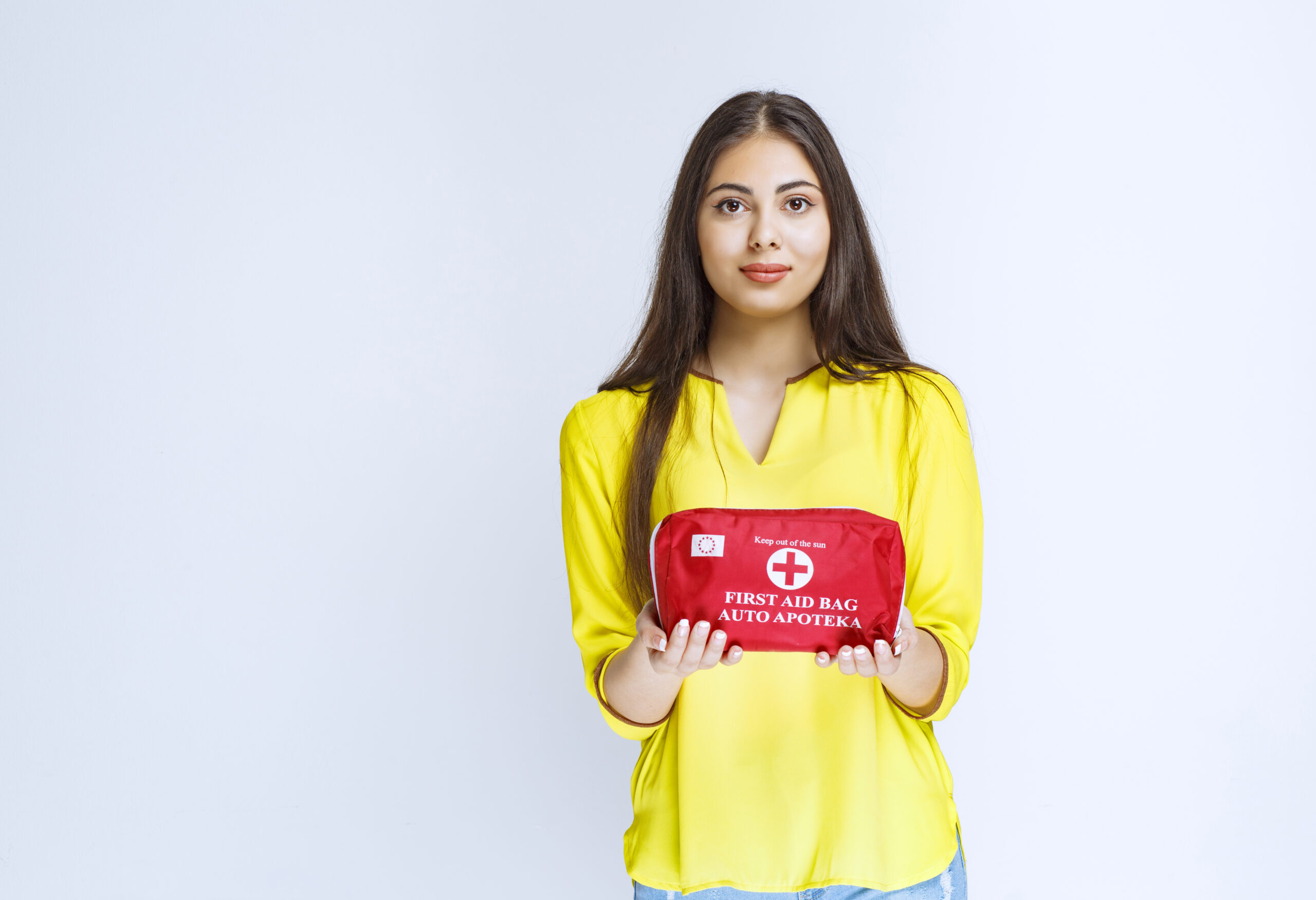A fully stocked first aid bag is a must for any preparedness strategy. At home, on the road, or participating in outdoor activities, mishaps and injuries can occur at any time. Possessing an extensive first aid kit guarantees that you are prepared to handle a range of medical emergencies with ease. We will examine the seven most important items you should have in your first aid kit in this thorough tutorial. These supplies are essential for administering care right away and have a big influence on how an emergency turns out.
Sticky Bandages:
An essential component of any first aid pack is adhesive bandages, also referred to as “band-aids.” They are quite useful for bandaging and shielding minor cuts, wounds, and blisters and exist in a variety of sizes and forms. In addition to lowering the chance of infection by shielding wounds from debris and other impurities, they also aid in the body’s natural healing process. Adhesive bandages are therefore an essential part of any first aid kit.
Adhesive tape and sterile gauze pads:
Adhesive tape and sterile gauze pads are necessary for larger wounds. These supplies serve as the foundation of an appropriate wound dressing and are applied to more severe burns, abrasions, and wounds. In order to keep the area around the wound clean and dry, they also aid in the absorption of blood and other body fluids. Therefore, supplies for dressing wounds such as adhesive tape and sterile gauze pads are essential and belong in your first aid box.
Antiseptic Towels or Remedy:
As infection can be avoided by properly cleansing wounds, antiseptic wipes or solutions are an indispensable part of any first aid supply. Using antiseptics correctly can assist create a sterile wound environment by preventing the growth of dangerous germs. A clean wound has a better chance of healing without issues. Therefore, making sure your first aid box has antiseptic wipes or solutions can allow you to quickly clean and disinfect wounds, minimising complications and accelerating healing.
Throwaway Gloves:
A key component of first aid is personal protection, and disposable gloves are essential for guaranteeing the patient’s and the caregiver’s safety. By putting a barrier between the patient’s bodily fluids and the caregiver’s hands, gloves lower the chance of disease transmission. They also aid in preventing potential risks including bloodborne infections and cross-contamination between various wounds or body sections. Disposable gloves are therefore an essential component of any first aid kit.
Pain Management:
Acetaminophen and ibuprofen are two examples of over-the-counter pain medications that are vital for treating pain, fever, and inflammation. These drugs can ease the pain of aches in the muscles, headaches, and other discomforts. They aid in reducing fever, which is frequently seen in a number of conditions. Ibuprofen is one example of a non-steroidal anti-inflammatory medicine (NSAID) that might help lessen inflammation after an injury. But make sure the painkillers in your first aid kit are within their expiration date, and pay close attention to the dosage guidelines.
Asthma fighters:
Antihistamines are a necessary addition to your first aid box because allergic responses or insect bites and stings can happen without warning. The itching, hives, and sneezing that are brought on by allergic responses can be relieved by these drugs. Antihistamines should thus be a part of your first aid box, particularly if you or people in your vicinity are allergic to certain things or frequently visit places where insect bites are widespread.
Warmth gauge:
Keeping an eye on your body temperature is essential for evaluating your health and spotting fever, which is a typical sign of many different diseases. An invaluable item to include in your first aid bag is a digital thermometer. A fever may be a sign of an underlying infection or illness, and a thermometer can assist establish whether or not a person has one. In cases of hyperthermia or hypothermia, as well as during heat-related emergencies, it is critical to monitor variations in body temperature.
In summary:
A well-stocked first aid bag is essential to being prepared for emergencies. Among the most crucial supplies for your first aid kit are the seven items covered in this guide: adhesive bandages, sterile gauze pads and adhesive tape, antiseptic wipes or solution, disposable gloves, pain medicines, antihistamines, and a thermometer. You can handle a variety of injuries and other medical crises by including these products. For your first aid kit to remain current and functional, it is crucial to periodically inspect and restock essential supplies.


